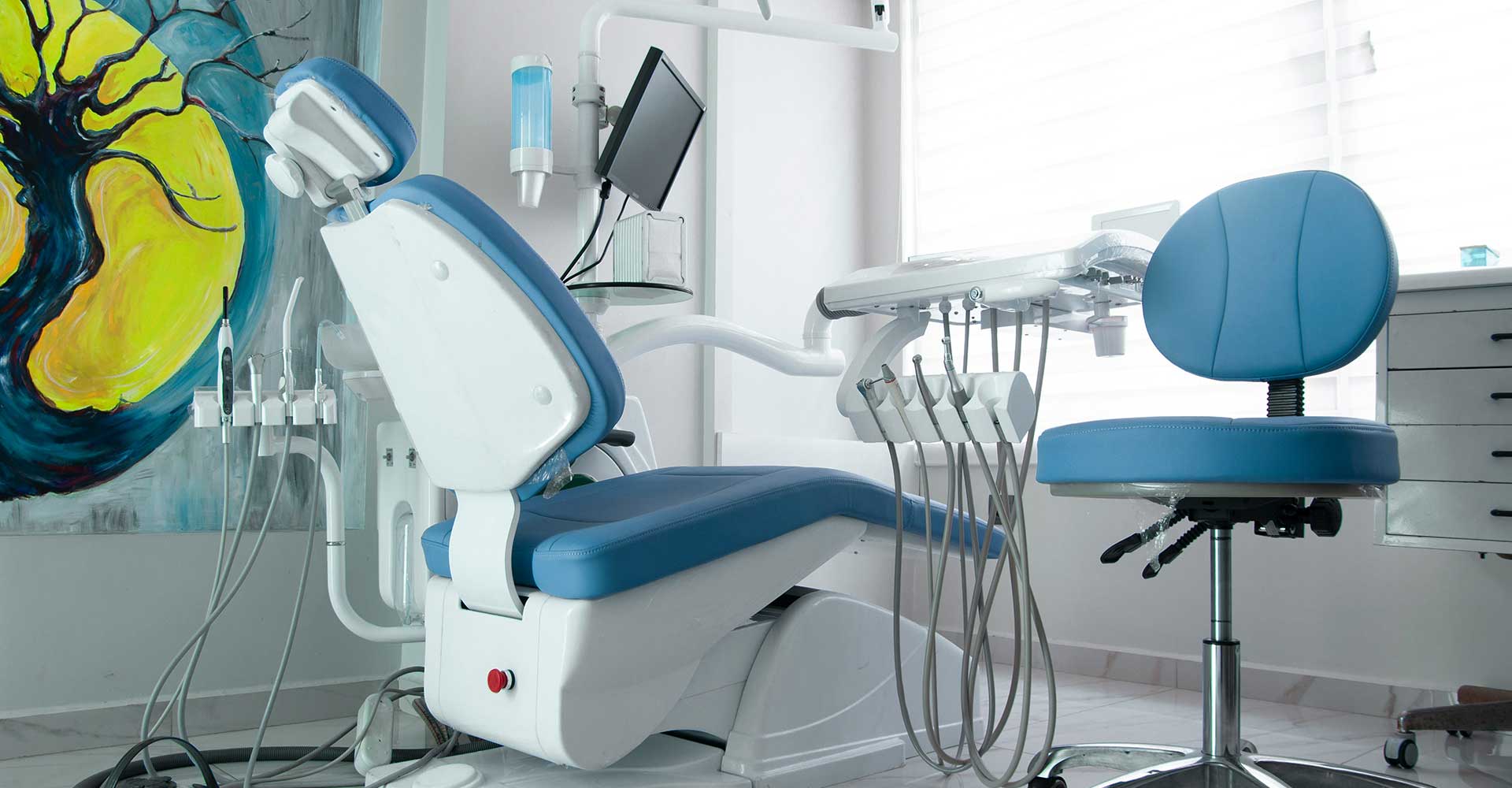Our physical spaces affect our moods. And let’s face it — we spend a lot of our lives working. For those of us who work in an office setting, where we might spend an average of 2,000 hours per year, that environment can significantly impact our productivity, health, and wellbeing.
The WELL Building Standard™ – a premier standard for buildings, interior spaces, and communities that want to incorporate features that support and advance human health and wellness is the first of its type to focus on human health and wellbeing into building design, construction, and operation. The standards focus on seven elements, including:
Air
Research conducted by the World Green Building Council saw an 11% increase in productivity resulting from increased fresh air to the environment and a reduction in pollutants.
Water
Since the human brain is 73% water (and 60% of an adult body is water, too), companies can encourage and make it easier for their employees to drink water by installing water coolers.
Light
A study conducted by Dr. Alan Hedge, a professor in Cornell University’s Department of Design and Environmental Analysis discovered that employees in offices that use natural light reported an 84% drop in eyestrain and headaches.
Comfort
Office planning should offer distraction-free, comfortable areas. Equipment and furniture, like ergonomically crafted workspaces that include sit-stand desks and supportive chairs help reduce severity of musculoskeletal disorders (MSD) and shrink muscle fatigue. To help buffer sound, buildings can incorporate quiet zones. To foster creativity, companies might create breakout areas, hot desking and informal areas, and other creative spaces that encourage brainstorming and collaboration.
HOW TO ENHANCE TODAY’S WORKSPACES
“We spend almost a third of our lives in the office, and in order to find and retain top talent, it’s essential for companies to foster an environment that empowers people with the right space to work, think, and collaborate naturally,” says Morten Meisner-Jensen, Co-Founder of ROOM.
Companies don’t need to invest millions on an office renovation. Just a few simple adjustments can enhance an environment and promote a positive impact on employees.
Declutter.
Workspaces stuffed with clutter cause stress. Keep break rooms, bulletin boards, hallways, conference rooms, open meeting areas free of extra “stuff” that serves little purpose. Make sure everything has a designated place where it can be put away.
Add color.
Science shows that some colors increase productivity and affect mood. Blue and green improve focus and efficiency and generate an overall feeling of wellbeing, for example. Color psychologists see energetic, fresh yellow as the shade of optimism that triggers innovation.
Add plants.
Many scientific studies have proven that adding greenery in workspaces benefits everyone. Plants:
- Help reduce stress by lifting the spirits
- Increase productivity in lean environments
- Potentially reduce the risk of sick building syndrome
- Absorb sounds to help reduce noise levels
- Remove chemicals like benzene, trichloroethylene, and formaldehyde from the air to make it cleaner to breathe
- Boost creativity— one theory suggests that looking at nature, or images of nature, shifts the brain into a different processing mode that facilitates relaxation and concentration
Open the windows.
Many studies have shown that natural light relieves stress and improves the mood. It also reduces the need for artificial light, which lowers energy costs, and can increase the space’s overall value. Potential tenants who are willing to lease an office with ample natural light for two to four dollars more per square foot than an office with little or no natural lighting. The best lighting strategies include:
- Incorporating natural light into heavily used areas, with skylights for open floor plans, for example
- Eliminating glare, hot spots, and sharp shadows by adding frosted glass, diffuser screens, or softboxes to create diffused light
- Installing artificial lighting that mimics natural light (rather than harsh fluorescent light). Technological advances have led to the development of tunable white-light systems that change color in response to the environment — so on an overcast day, the color temperature might bet 6500K but at sunset, the temperature might be 1800K.
Create soft social spaces.
Build in areas where people can collaborate or socialize, since social connectedness is important for the emotional wellbeing of employees. Home comforts make a difference – business lounges, soft couches, drop lighting, and informal workspaces well-connected to technology all help.
These social spaces can incorporate facilities that allow meetings to happen informally (or formally) without the need to book a specific room. They also go far to solve open plan office issues, as companies look for solutions to maximize efficiency of space while creating boundaries between departments.
WORKSPACES OF THE FUTURE
More and more companies have recognized that providing a mix of open spaces and sequestered areas creates a better, healthier balance. Eliot Postma, partner at Heatherwick Studio, predicts that buildings will be designed without a set user in mind, creating a versatile shell that could be filled with modular fit-outs to suit different brands and fashions. Other experts agree that permanent buildings become more flexible and usable when they offer an ability to change up the interiors.
Regardless of whether an office includes cubicles or relies on more open spaces, research leaves no doubt that human-centered workplace design has the power to positively influence employee health, wellbeing, satisfaction, and performance.
Whether you’re looking to build or buy a new space or hoping to retrofit an existing space, the experts at CREA United can help, offering collaborative solutions in interior design, conceptual planning, design build, construction/pre-construction management, green building concepts, general contracting, and so much more.

